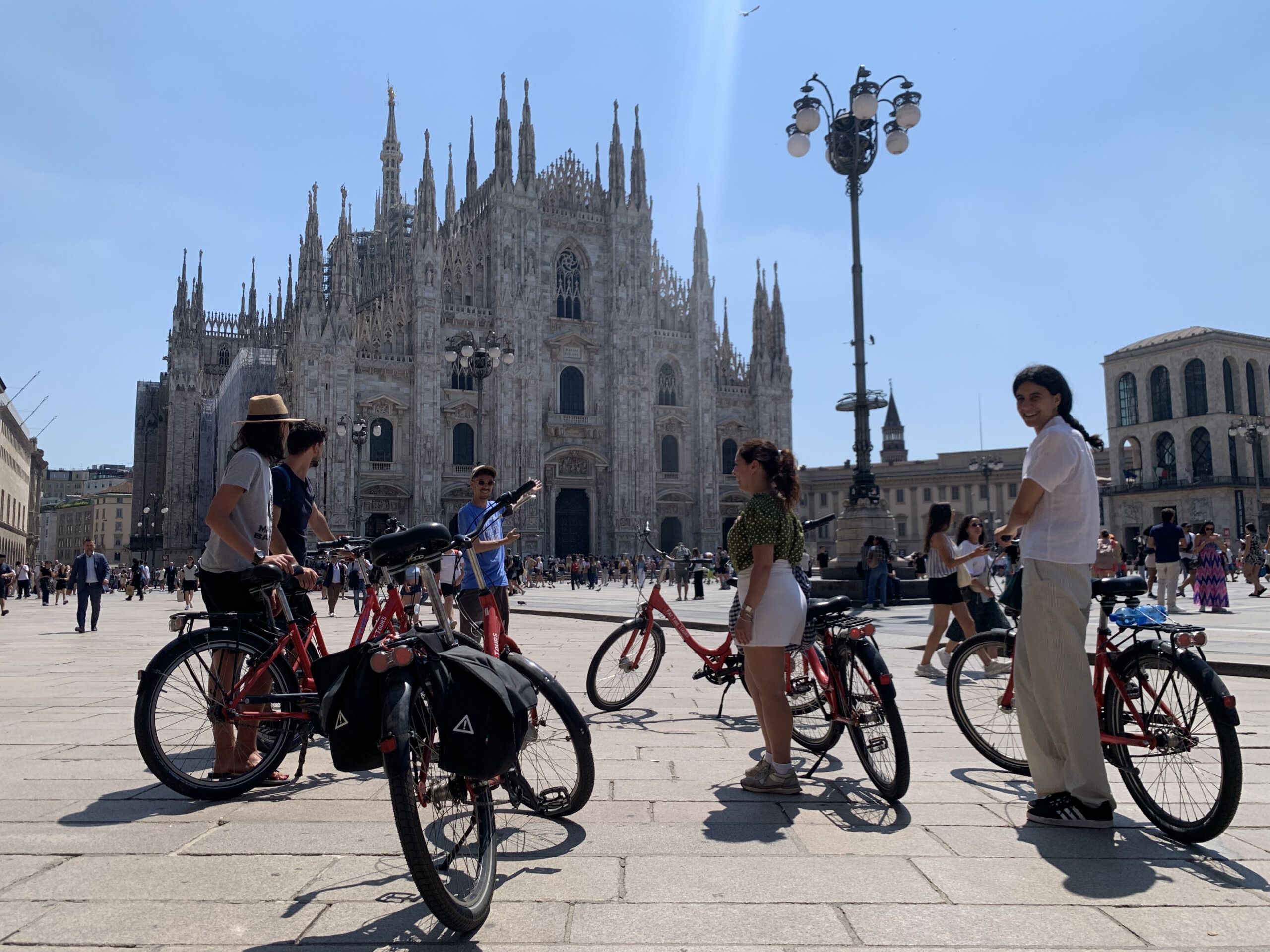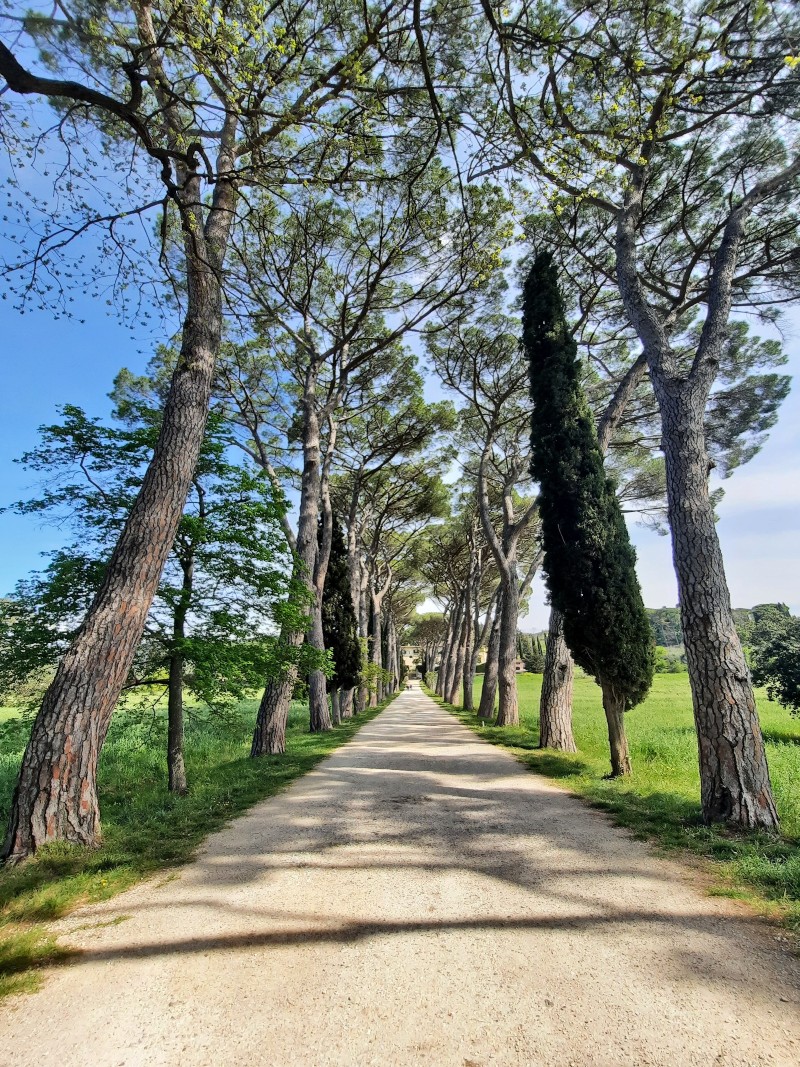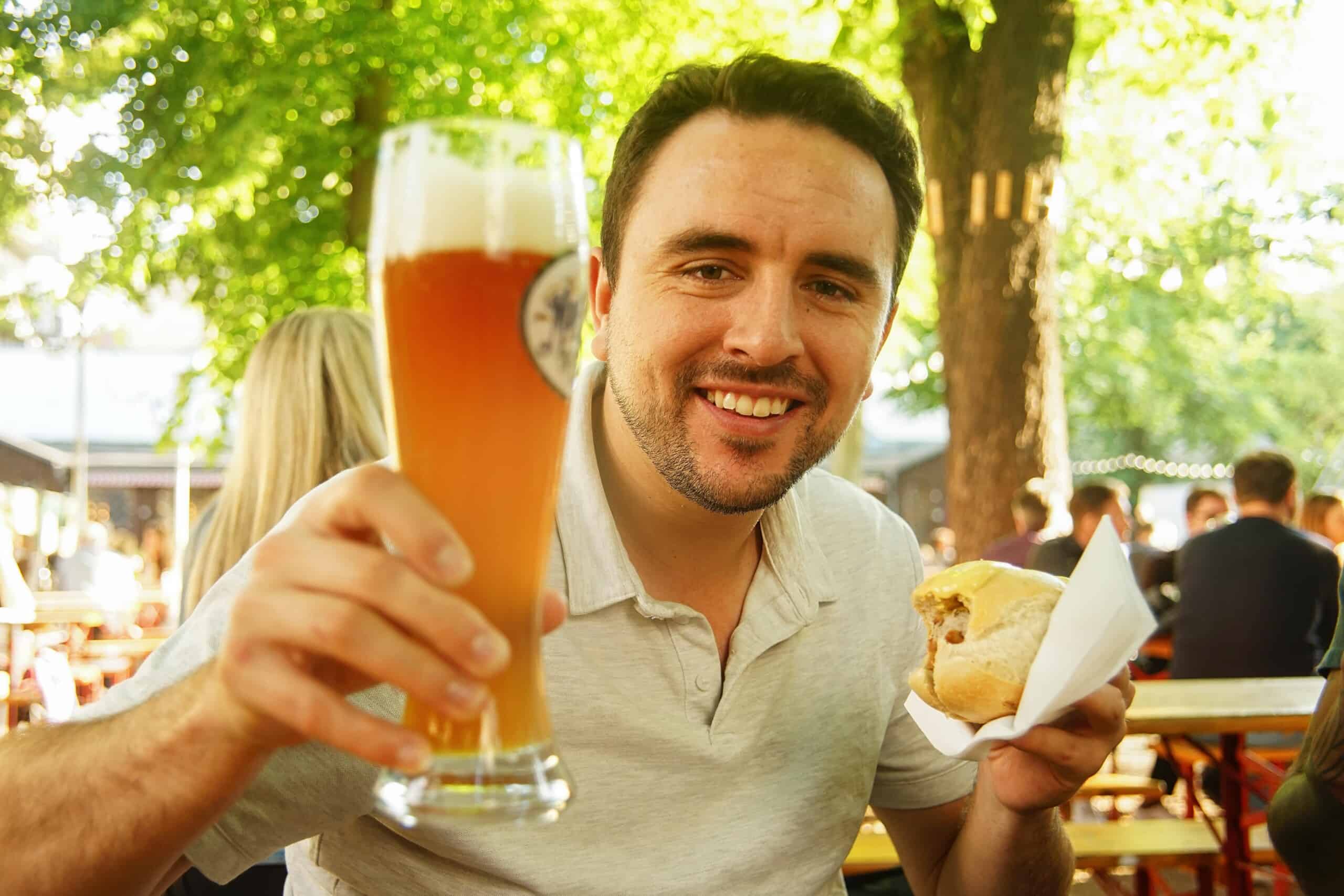Germany was basically made for Christmas. Forests full of picture perfect Tannenbaumen. Land-mass weather to guarantee a white Christmas. Enough beer to distract you from your uncle who cheats at any board-game you play on the big day. In fact the Germans do Christmas so well that many countries around the world have appropriated their traditions.
Weihnachten (the artist formerly known as Christmas) is considered to be the most important holiday of the year. Although today being relatively secular and sufficiently commercialised, it still tends to be less consumer-driven and more family-quality-time focused than some of it’s English-speaking counterparts (you know who you are).
Advent
The advent calendar was first used by German Lutherans in the 19th Century but it is now common for many Christian denominations. The calendar tends to start on the 1st of December and is used to count and celebrate the days in anticipation of Christmas Day. Many advent calendars take the form of a rectangle card with windows, each day leading up to the 25th has one little window to open, behind it lies either a religious verse, chocolate or toy. Back home in the UK, advent calendars tend to be shop bought chocolate fests. However many Germans take the time to individually wrap small gift and edibles for their loved ones to open daily.
St.Nikolaus (December 6th)
One of my favourite traditions which is generally supposed to be for kids, but why not spread the love, is St. Nikolaus Day. It is celebrated on the 6th of December in quite a few European countries. On the evening of the 5th, children (and cheeky adults) place their clean shoes by the front door in the hope that St. Nikolaus will swing by and fill them with delicious treats like chocolate, nuts and sweets. If the have been good, they will wake up to a feast. If they have been less than good, they will wake up to a stick in their boots. A literal stick. Fun.
In Bavarian folklore, St. Nicholas is accompanied by Knecht Ruprecht who beats children with a stick or shakes a bag of ash at them (interesting punishment) if they have not been dutifully saying their prayers. Whereas over in Austria they have Krampus instead of Ruprecht, much more terrifying as he is a beast-like demon, who captures naughty kids in his sack and takes them back to his lair. That would make me say my prayers and I’m an Atheist.
The real St. Nic lived in the 4th Century and was a bishop located in present-day Turkey. He became known as the protector of children and anonymous gift-giver, celebrated on the day he was appointed as a saint, December 6th. It was the German Martin Luther who sought to disassociate ties between St. Nic and his gift-giving; such glorification of saints of course being a sin. Luther replaced Nicholas with that of the Christ Child, so now baby Jesus was bringing the kids gifts on the 24th rather than St. Nic on the 6th. Just to mix things up further we have the Weihnachtsmann, essentially a santa-like descendant of St. Nic; jolly bearded dude in a red fur suit who brings the children presents depending on if they have been naughty or nice.
Depending on the region in Germany, is either the Christkindl (Christ child) or the Weihnachtsmann who brings the gifts at Christmas. And that is on the 24th of December, not the 25th, as with most of the Christmas-celebrating world.
Christmas Markets
As the advent season begins so too do the Christmas Markets. They pop up in nearly every town city in Germany. Stalls are set up serving Glühwein, sugar-roasted almonds and meat. Germans love meat. People gather with friends and family, getting tispy as they try to drink their mulled wine before it gets cold and less delicious. As well as tasty foodstuffs there are artisanal stalls selling Christmas tree decorations and seasonal items.
Weihnachtsmarkte date back to the 14th Century, where people could buy everything they would need for the Christmas celebration including cake moulds and candles. In fact before the dawn of the internet, the Christmas Markets were the only place to get these seasonal items. Markets in different regions tend to offer something specific to their location. Aachen is famous for it’s Gingerbread man, whilst Nürnberg is known for it’s gold foil angels. The Nürnberger Christkindlemarkt is actually the most famous one in the country, dating back to 17th Century.




